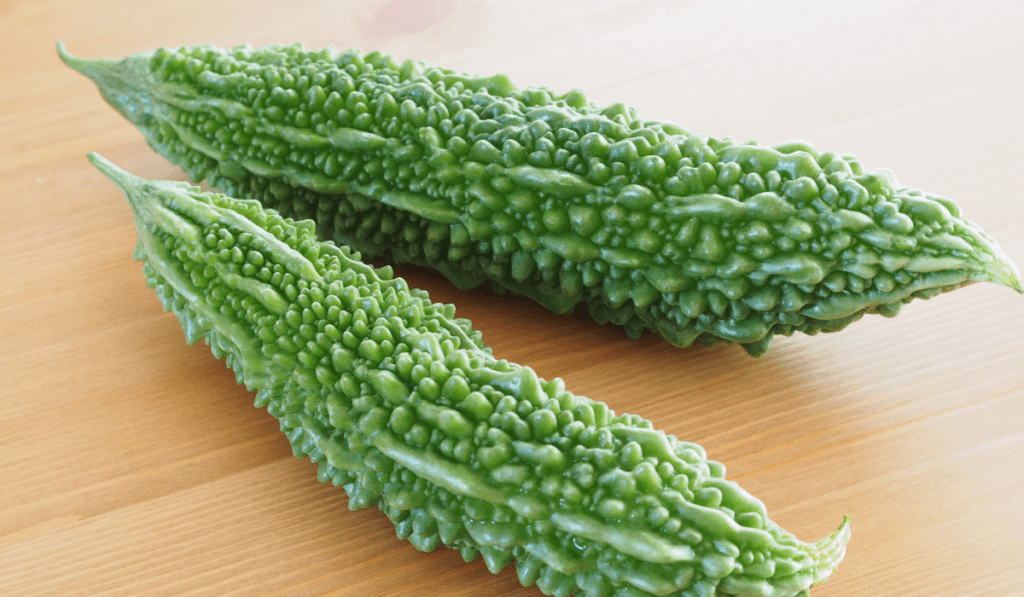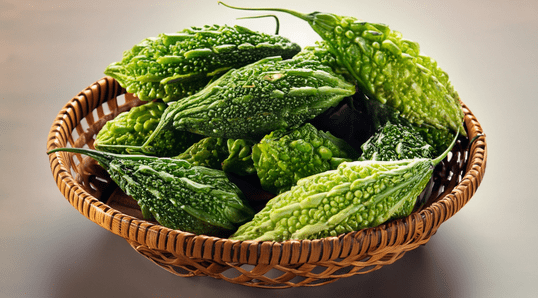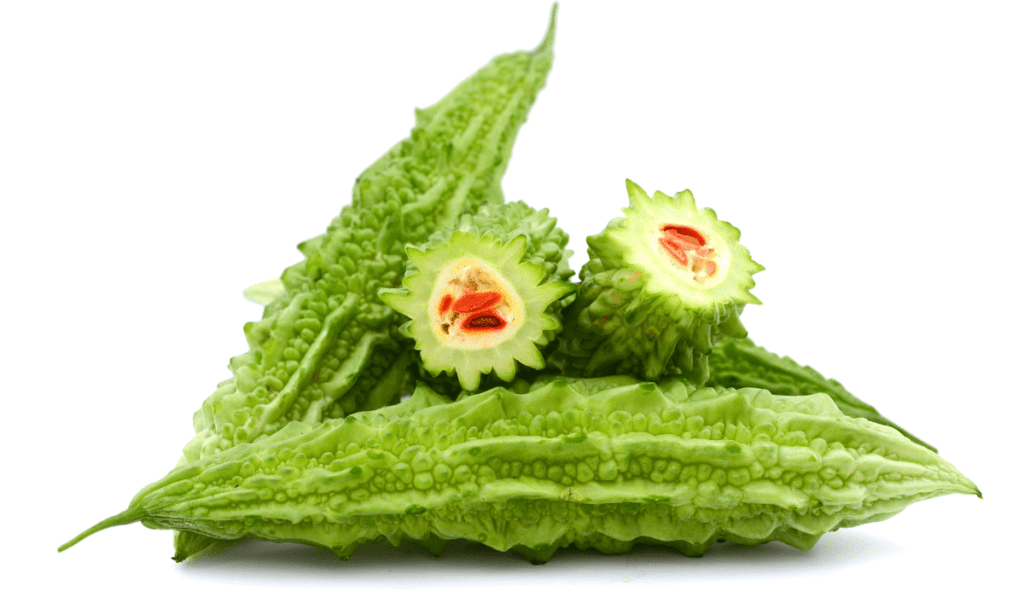Are you ready to embark on a journey into the world of hybrid bitter gourd cultivation? The allure of combining the best traits of different varieties is a gardening endeavor that promises a unique and rewarding harvest. In this comprehensive guide, we will unravel the secrets of planting hybrid bitter gourd, offering you insights into the selection process, ideal growing conditions, and expert tips for a bountiful yield. Let’s dive into the art of cultivating hybrid bitter gourd and unlock the potential of your garden.
Understanding Hybrid Bitter Gourd
Decoding the Hybrid Advantage (Subheading)
- Hybrid vs. Open-Pollinated Varieties: Explore the distinctions between hybrid and open-pollinated bitter gourd varieties, understanding the advantages that hybrids bring to the table.
- Benefits of Hybridization: Delve into the specific benefits of hybrid bitter gourd, such as disease resistance, improved yield, and enhanced flavor profiles.
Choosing the Right Hybrid Bitter Gourd Varieties
Navigating the Spectrum of Hybrids (Subheading)
- Bitter Gourd Hybrid Varieties (Sub-subheading)
- Explore popular hybrid bitter gourd varieties known for their unique characteristics and adaptability.
- Examples include ‘BitterSweet Fusion,’ ‘Hybrid Delight,’ and ‘Supreme Blend.’
- Understanding Seed Catalogs (Sub-subheading)
- Gain insights into reading seed catalogs and selecting hybrid seeds that align with your climate, soil conditions, and taste preferences.
- Consider factors such as fruit size, color, and disease resistance when making your choices.
Planning Your Hybrid Bitter Gourd Garden
Setting the Stage for Success
- Selecting the Right Location (Sub-subheading)
- Assess sunlight exposure, air circulation, and soil quality to choose an ideal location for your hybrid bitter gourd garden.
- Hybrids often thrive in full sunlight, so prioritize areas with at least six hours of direct sunlight per day.
- Soil Preparation for Hybrids (Sub-subheading)
- Learn the art of soil preparation by incorporating organic matter, conducting a soil test, and adjusting pH levels.
- Hybrids, like their counterparts, prefer well-draining soil enriched with nutrients for optimal growth.
- Providing Structural Support (Sub-subheading)
- Hybrid bitter gourd plants may exhibit vigorous growth; therefore, consider providing adequate structural support to prevent breakage.
- Explore trellising or staking options to ensure the stability of your hybrid plants.
Planting Hybrid Bitter Gourd – Step-by-Step Guide
Nurturing Your Hybrid Seeds (Subheading)
- Germination Tips for Hybrids (Sub-subheading)
- Follow specific germination guidelines for hybrid bitter gourd seeds, ensuring optimal conditions for sprouting.
- Maintain consistent warmth and moisture to support the healthy emergence of hybrid seedlings.
- Transplanting Hybrid Seedlings (Sub-subheading)
- Once your hybrid seedlings have reached an appropriate size, carefully transplant them into the prepared garden beds.
- Handle seedlings with care to minimize stress and promote a smooth transition to the outdoor environment.
- Mulching and Watering Practices (Sub-subheading)
- Implement mulching around hybrid bitter gourd plants to retain soil moisture, suppress weeds, and regulate temperature.
- Fine-tune your watering practices, ensuring a consistent and adequate water supply for robust hybrid growth.
- Monitoring and Adjusting (Sub-subheading)
- Regularly monitor the progress of your hybrid bitter gourd plants, adjusting care practices based on weather conditions and plant needs.
- Address any signs of stress, nutrient deficiencies, or pests promptly to maintain plant health.
Caring for Hybrid Bitter Gourd
Strategies for Thriving Hybrids
- Fertilizing Hybrid Plants (Sub-subheading)
- Understand the nutritional needs of hybrid bitter gourd plants and implement a balanced fertilization routine.
- Consider using organic fertilizers to promote healthy growth without compromising the unique traits of your hybrids.
- Pruning Hybrid Bitter Gourd (Sub-subheading)
- Explore the art of pruning hybrid plants to manage vine growth, improve air circulation, and optimize fruit production.
- Tailor your pruning approach based on the specific characteristics of the hybrid varieties you’ve chosen.
- Pest and Disease Management (Sub-subheading)
- Develop a proactive approach to pest and disease management, leveraging organic solutions to protect your hybrid bitter gourd.
- Regularly inspect plants for early signs of issues and implement preventive measures.
Harvesting Hybrid Bitter Gourd
Savoring the Fruits of Your Labor
- Determining Harvest Readiness (Sub-subheading)
- Master the art of identifying when hybrid bitter gourd fruits are ripe and ready for harvest.
- Consider factors such as size, color, and firmness to gauge the optimal harvest time.
- Gentle Harvesting Techniques (Sub-subheading)
- Implement gentle harvesting techniques to minimize damage to your hybrid bitter gourd plants.
- Use clean, sharp tools to harvest fruits without causing stress to the vines.
- Post-Harvest Handling (Sub-subheading)
- Explore best practices for post-harvest handling, including proper cleaning, storage, and culinary tips.
- Maximize the shelf life and quality of your hybrid bitter gourd produce.
Conclusion
Congratulations on unlocking the secrets of planting hybrid bitter gourd! By selecting the right varieties, providing optimal growing conditions, and embracing expert care practices, you’re well on your way to a successful harvest. Whether you’re a seasoned gardener or a passionate beginner, the journey of cultivating hybrid bitter gourd is a delightful exploration of flavors and gardening prowess. Enjoy the process, celebrate the unique traits of your hybrids, and savor the abundant rewards of your garden.



